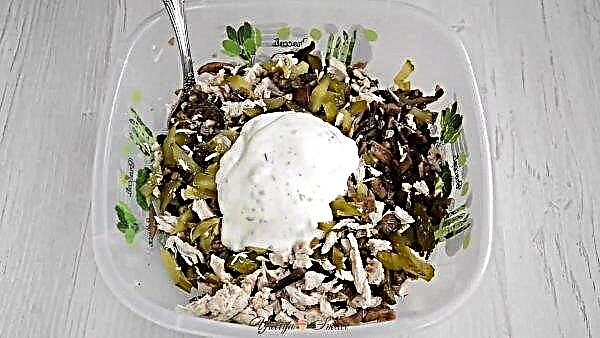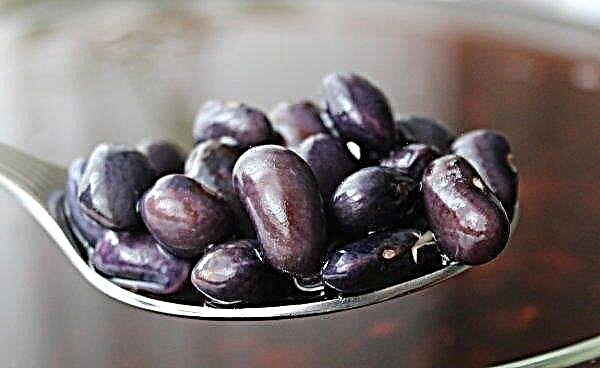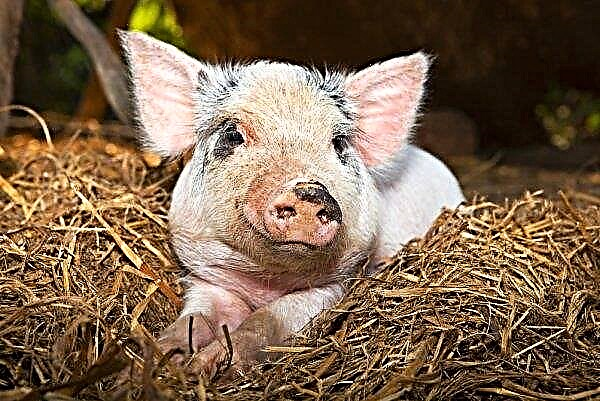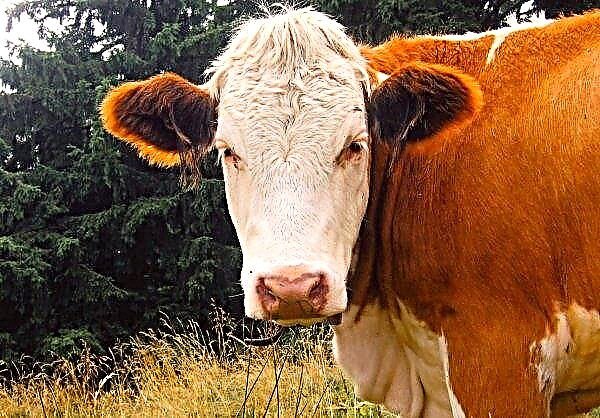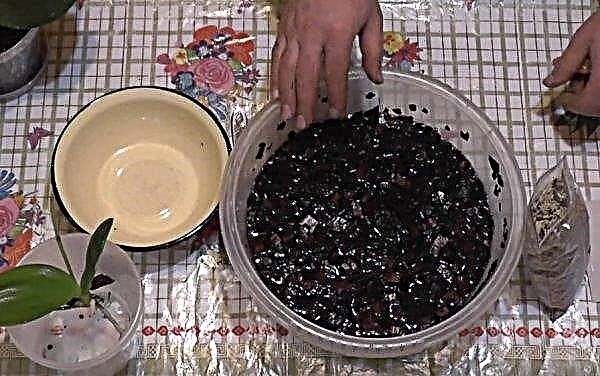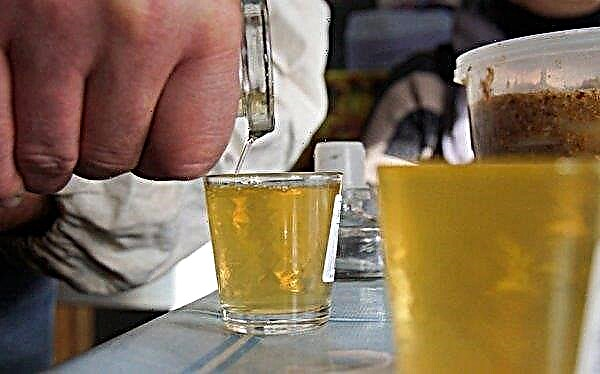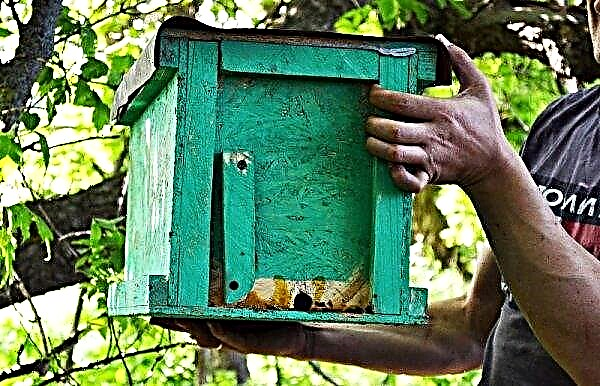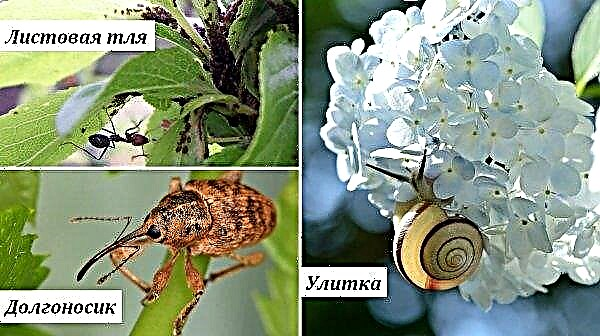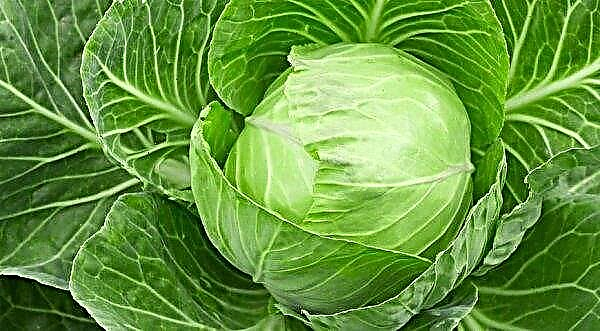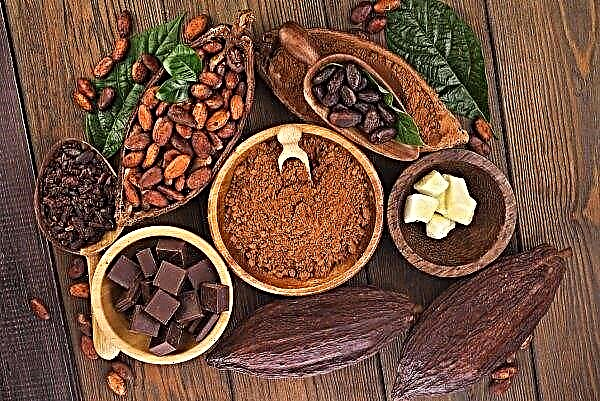Pumpkin is famous for its beneficial properties due to its unique vitamin and mineral complex and excellent absorption by the human body. In more detail about the benefits of this melon crop, its structure and features of cultivation, we will describe in this article.
Origin history
Pumpkin - an ancient plant, it began to be cultivated another 5 thousand years BC. e. Indians living in the territory of modern Mexico. Confirmation of this is the found remains of this culture in ancient burials.
Pumpkin came to Europe in the middle of the 16th century. Its seeds were delivered from America by a sailor from Spain, Christopher Columbus. Today, this melon is cultivated on all continents except Antarctica. It is grown for fodder, technical and decorative purposes.
The popularity of pumpkin is due to its rich chemical composition, good digestibility by the body, and unpretentiousness in care. For eating, most often cultivated ordinary, large-fruited and nutmeg species.
For eating, most often cultivated ordinary, large-fruited and nutmeg species.
Did you know? The Guinness Book of Records contains a pumpkin, which reached a mass of 1,190.5 kg. It was raised by a Belgian farmer, Matthias Willemans.
Description of the structure of the pumpkin
We offer to get acquainted with the characteristics of the main pumpkin organs.
Root system
Pumpkin has 1 central long root and many additional short ones, that is, it has a core root system. The length of the roots reaches 70 cm, some of them can grow into the ground up to 1.5 m.
The primary structure, like all dicotyledonous plants, after some time is replaced by a secondary one. The root thickens due to the formation of cambium. This process is already visible when the root of the seedling is formed.
Stem
This organ is tetrahedral, covered with hard or soft hairs. It grows in length up to 5 m. It spreads on the ground, like a vine. In the process of development, forms side shoots.
Leaves
Depending on the type, the sheets are different in shape:
- hard-core species is characterized by large leaves, acute-angled, covered with rigid hairs;
- large-fruited and nutmeg - large, rounded, covered with a soft fluff.
Leaves are located on long petioles. The sinuses contain antennae, with the help of which the plant clings to the supports and curls.
Flowers
The flowers of the gourds are large, reaching 10 cm across, bright orange in color. In the morning they open, and in the evening they close. Flowering of female flowers lasts for 2-3 days, male flowers - 1 day. Their pollination occurs with the help of insects.
Fetus
Fruits are false berries, which take a different shape: round, oval, round-flat. Coloring can be yellow, beige, orange. Hard-barked pumpkins are covered with hard bark; in other species, the shell is soft.
Fruits contain seeds. In large-fruited and hard-looking species, they are large, in nutmeg - small. The average weight of pumpkins can reach more than 80 kg.
Chemical composition and calorie content
Pumpkin contains all the vitamins necessary for humans:
- A - 426 mcg (47.3% of the daily norm for humans);
- alpha-carotene - 4016 mcg;
- beta-carotene - 3.1 mg (62%);
- beta-cryptoxanthin - 2145 mcg;
- lutein + zeaxanthin - 1500 mcg;
- B1 - 0.05 mg (3.3%);
- B2 - 0.11 mg (6.1%);
- B4 8.2 mg (1.6%);
- B5 0.298 mg (6%);
- B6 - 0.061 mg (3.1%);
- B9 - 16 mcg (4%);
- C - 9 mg (10%);
- E - 1.06 mg (7.1%);
- K - 1.1 μg (0.9%);
- PP, NE - 0.6 mg (3%).
Pumpkins are also rich in micro and macro elements.
They have:
- potassium - 340 mg (13.6%);
- calcium - 21 mg (2.1%);
- magnesium - 12 mg (3%);
- sodium - 1 mg (0.1%);
- phosphorus - 44 mg (5.5%);
- iron - 0.8 mg (4.4%);
- Manganese - 0.125 mg (6.3%);
- copper - 127 mcg (12.7%);
- selenium - 0.3 μg (0.5%);
- zinc - 0.32 mg (2.7%).
 In addition, this melon culture includes sugars, 10 essential, 8 essential amino acids, phytosterols, omega-3 and omega-6 fatty acids, 4 saturated, 2 monounsaturated and 2 polyunsaturated fatty acids.
In addition, this melon culture includes sugars, 10 essential, 8 essential amino acids, phytosterols, omega-3 and omega-6 fatty acids, 4 saturated, 2 monounsaturated and 2 polyunsaturated fatty acids.Pumpkin is a low-calorie product. 100 g contains only 26 kcal, which is 1.83% of the daily allowance for humans. The same amount of product retains 1 g of protein, 0.1 g of fat, 6.5 g of carbohydrates, 0.5 g of dietary fiber and 91.6 g of water.
Did you know? Pumpkin contains almost as much iron as there is in apples, and more than in any of the vegetable plants.
Features of eating pumpkin
When eating pumpkin pulp, the valuable substances contained in it positively affect the human body. However, this fetus also has contraindications.
Benefit
- The valuable substances that make up the vegetable crop have the following beneficial effects:
- beneficial effect on digestion and gastrointestinal tract;
- prevent the development of anemia, obesity, heart and blood vessel diseases, the appearance of gallstones and kidney stones;
- strengthen the immune system;
- cleanse the body of harmful, toxic substances;
- strengthen the organs of vision;
- normalize blood pressure;
- strengthen the walls of blood vessels;
- inhibit the growth of tubercle bacillus;
- relieve inflammation;
- establish the work of the nervous system;
- improve tissue regeneration;
- slow down the aging process;
- strengthen bones;
- contribute to weight loss.

Harm and contraindications
- Pumpkin is contraindicated in these categories of people:
- having gastritis with low acidity of the stomach;
- suffering from impaired acid-base balance;
- often experiencing colic bowel;
- prone to high blood sugar.
Did you know? Various vessels and containers — buckets, bottles, vases, and musical instruments — balalaikas, maracas, guiro, marimbos — are made from gourd gourd (bottle gourd).
This vegetable crop can cause harm to healthy people only in the event of excessive consumption or the use of a poor-quality, mold-damaged or rotten product.
Most often, pumpkin is eaten after heat treatment. It lends itself to cooking, frying, stewing, baking and grilling. It makes delicious soups. Vegetables are added to side dishes, stews, stewed with meat. Also used for baking - fritters, pies, cakes, sweets - jam, jam.
In its raw form, the product is added to salads. It goes well with apples, carrots, honey, cottage cheese. Pumpkin is an essential ingredient in the diet and children's menu. It must be introduced into the diet in the winter as a source of vitamins.
Growing conditions
Growing a pumpkin is easy. This does not require special knowledge, skills and efforts. It is cultivated in the field and in garden beds. It is not particularly demanding on the nutritional and mechanical composition of the soil. Although the clay soil does not grow.
Important! Pumpkin can be stored up to 6 months without observing special conditions of detention. For long-term storage, it must be placed in a cool place.
For this vegetable crop, it is necessary to highlight a well-lit area, which is heated by sunlight. The territory must be protected from the winds. Mandatory screening is required from the north.
The lack of light and heat can be compensated for by warming the roots - by mulching, planting on a warm bed, planting in compost, a trench.
The optimum temperature for this thermophilic plant is +25 ° C. If the thermometer column drops below +14 ° C, it stops growing and developing. Pumpkin does not put forward special requirements for humidity. The success of growing a good healthy crop depends on the following factors:
The success of growing a good healthy crop depends on the following factors:
- the right choice of variety;
- selection of a place for growing;
- compliance with crop rotation rules - do not plant after pumpkins, cucumbers, squash, squash;
- compliance with planting dates - the seeds are planted when the soil is warmed up to +10 ° C and there is no longer a threat of frost;
- competent selection and processing of seed material and soil before planting;
- compliance with the planting scheme 70 x 70 cm or with a large distance between the bushes;
- irrigation regime - it is recommended to water abundantly in the flowering phase and during the enlargement period of fruits (1-2 buckets per 1 plant). Later, especially in the fruiting phase, hydration is only necessary if absolutely necessary. Watering is carried out with warm water;
- regular top dressing - every 2 weeks in the growing phase, organic (mullein, wood ash, bird droppings) and mineral fertilizers (nitrophos) are applied;
- weed removal.
In order for the pumpkin to become large, it is necessary to leave 1-2 fruits on one bush. Harvested from mid-September. The dried stalk and solid bark will indicate its ripeness.
Important! Planting pumpkin on the plot is good for the soil, as it inhibits the growth of weeds and cleans the soil.
So, pumpkin is a gourd with a valuable composition and many useful properties. It is recommended to include it in the children's, dietary and medical menu. When growing, it is important to plant the plant correctly, to produce watering and top dressing. Pumpkin is characterized by shade tolerance, drought tolerance and low soil fertility.

